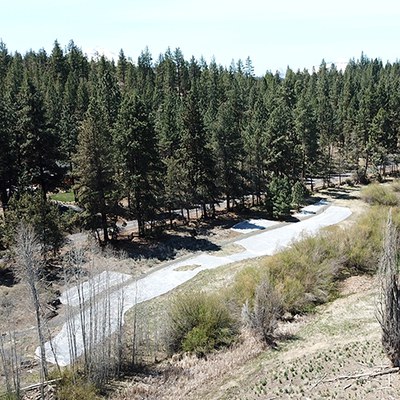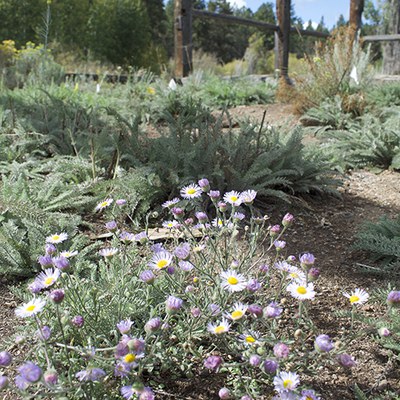The Deschutes Land Trust recently began the fourth and final year of a native plant restoration project in the Hindman Springs portion of Camp Polk Meadow Preserve.
What is the Land Trust doing to restore native plants?
For the past three years, we've been using a process called soil solarization to remove weeds and prepare the area for native plantings. Then, each fall we've planted native flowers, shrubs, and grasses. Without weeds to compete against, the native plants are able to grow and thrive.
What is the Land Trust doing this year?
The Land Trust is using the same process that we've used during the last three years. In April, volunteers worked with staff to solarize another section of Camp Polk Meadow Preserve. They laid out clear plastic that will bake those weeds and weed seeds all summer long.
Then, we will return this fall to plant roughly 3,700 new native grasses, shrubs, and wildflowers. Plants include milkweed, flax, currant, and wild rye. The end goal is to give the native plants that would have historically been at Hindman Springs a chance to thrive into the future.
Back in 2018, we planted 3,700 native plants near the Hindman Barn. Then, in 2019, we added another 3,700 native plants to a new restoration area, and in 2020, another 3,700 native plants went in the ground. How are all of these wildflowers, shrubs, and grasses doing? The short answer is very good! The native plants are maturing and filling in the restoration areas. In addition, thanks to this project and our Weed Warriors, the remaining weeds in the area decrease every year.
We look forward to watching this project evolve and having the Hindman Springs portion of Camp Polk Meadow Preserve full of native plants that are thriving!
Interested in helping with this project? Our native plant restoration area needs volunteers to help throughout this summer and fall! Fill out a volunteer application today and check out our current volunteer opportunities to get more involved.


